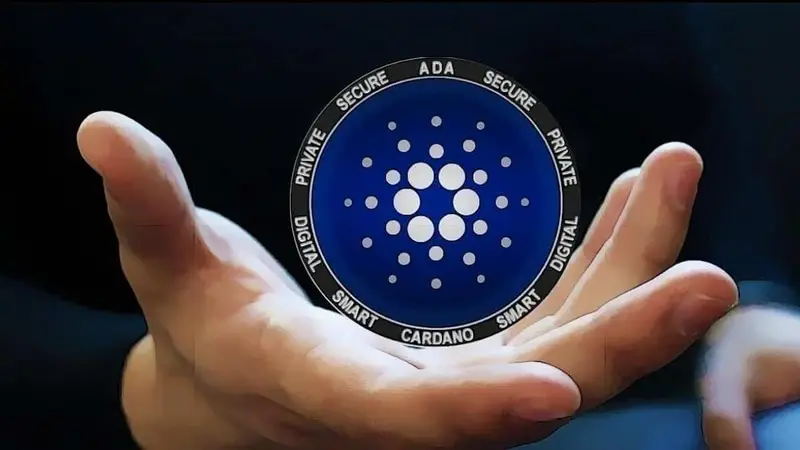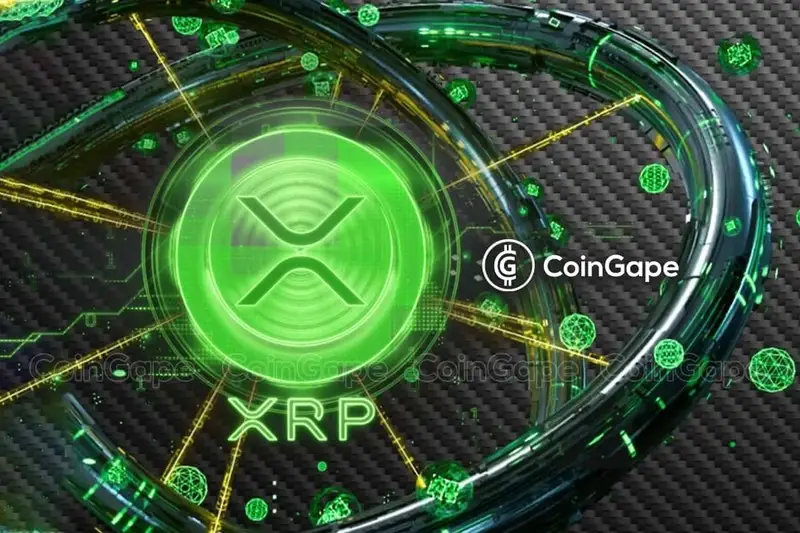This Billionaire Warned Against Algorithmic Stablecoins in 2021, What's Next?
Criticism Clouded Algorithmic Stablecoins
Questions were raised in the past over a lack of collateral that supported the supply of stablecoins.
In September 2021, billionaire investor Mark Cuban expressed doubts over the stability of algorithmic stablecoins. He felt stablecoins would be the first to get regulated citing the variance in the definition by product. “What is an algorithmic stablecoin ? Is it stable? Do buyers understand what the risks are? It needs standards.”
He made the comments in the backdrop of losing money in IRON token, which is partially backed by collateral like BUSD, USDT and partially backed algorithmically. FRAX, another algorithmic stablecoin which is designed to adjust its collateral levels as per demand for its own currency, is also partially collateralised.
What Are Algorithmic Stablecoins?

The World’s first licensed Crypto Casino. Begin your journey with 20% cashback up to 10,000 USDT.
Trending Stories
Algorithmic stablecoins are best explained by their inherent ability to maintain balance with respect to their value, pegged to fiat currencies like the U.S. Dollar. If the price of $UST drops below $1, traders are offered an incentive of a dollar’s worth of $LUNA to reduce the stablecoin’s supply. $LUNA is the mutually dependent pairing cryptocurrency of $UST. Likewise, the traders are offered a dollar’s worth of $UST for burning supply of $LUNA in case the stablecoin’s value exceeds $1.
Tron recently launched its own algorithmic stablecoin USDD, which it intends to back with a $10 billion reserve. In the wake of turbulence in $UST, the Tron DAO Reserve announced deploying of $2 billion to fight the price action, in addition to buying 500 Bitcoins.
Most of the stablecoins, including USDT, USDC and BUSD are standing strong showing slight deflections amid the ongoing dump.




